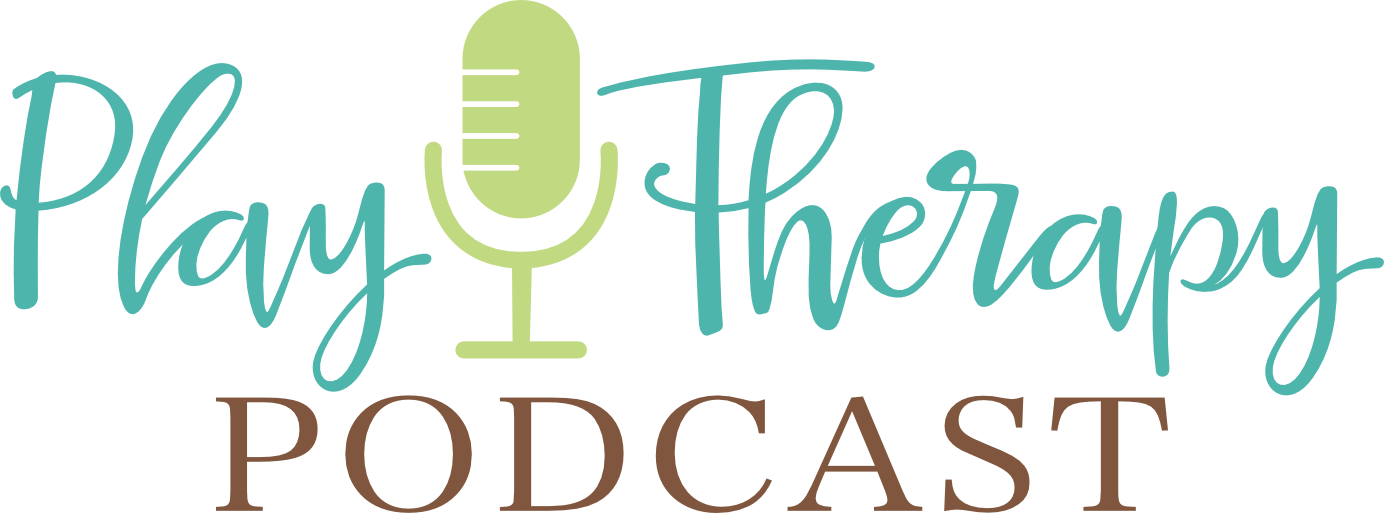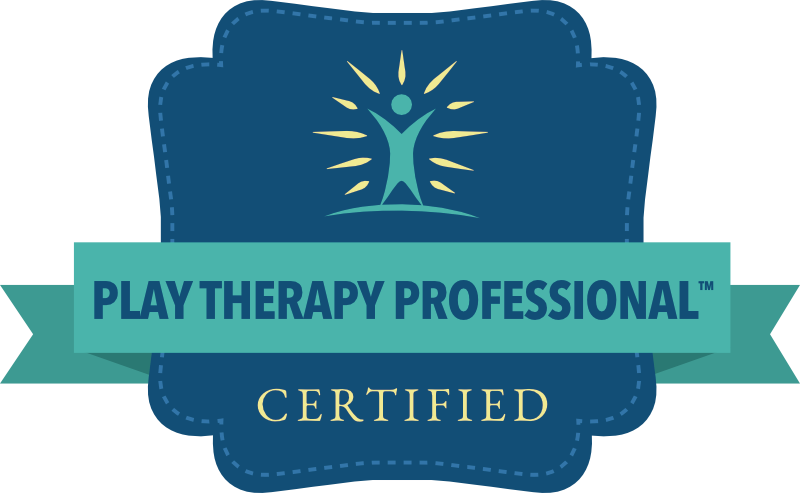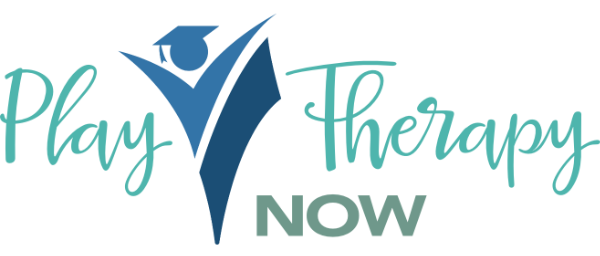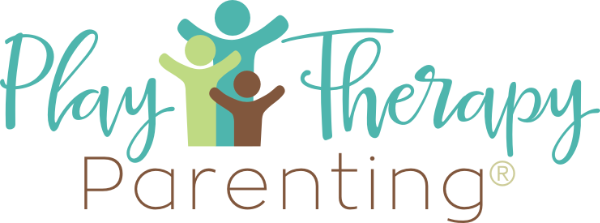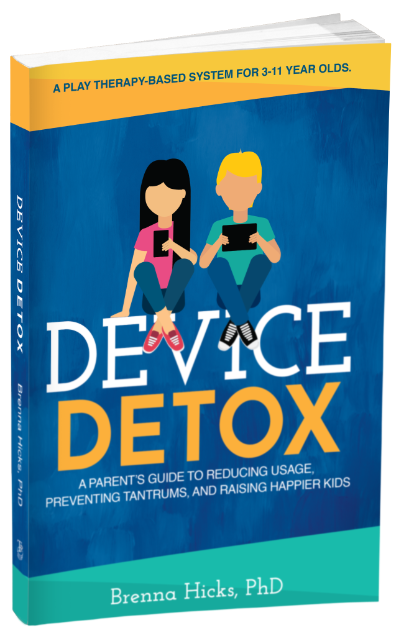Freedom to Be Loud: The Significance of Loud Play in Child-Centered Play Therapy
In this episode… First of all, I’m thrilled to celebrate a major milestone with you all – the Play Therapy Podcast has reached 300,000 downloads! I’m deeply grateful for your continued support and dedication to child-centered play therapy. Your commitment to listening and applying these principles in your work with children and families is truly inspiring.
Next, I address a question from Beth in Maryland about children using toys to amplify their voices in play therapy sessions. I explore three main reasons why children might engage in this behavior: to exert power and control, to relish the freedom of the playroom environment, and to emphasize important elements in their play. Each of these reasons provides valuable insights into the child’s emotional state and needs during therapy.
Finally, I share some exciting news about upcoming training opportunities, including a comprehensive course on facilitating Child-Parent Relationship Training (CPRT) that we’re developing. This course will provide certification and CEU credits for those interested in offering CPRT as a service in their practice. I also mention the availability of on-demand courses at www.childcenteredtraining.com for those looking to expand their skills in child-centered play therapy.Sign up for my exclusive newsletter at playtherapynow.com. Stay ahead with the latest CCPT CEU courses, personalized coaching opportunities and other opportunities you need to thrive in your CCPT practice!
If you would like to ask me questions directly, check out www.ccptcollective.com, where I host two weekly Zoom calls filled with advanced CCPT case studies and session reviews, as well as member Q&A. You can take advantage of the two-week free trial to see if the CCPT Collective is right for you.
Ask Me Questions: Call (813) 812-5525, or email: [email protected]
Brenna’s CCPT Hub: https://www.playtherapynow.com
CCPT Collective (online community exclusively for CCPTs): https://www.ccptcollective.com
Podcast HQ: https://www.playtherapypodcast.com
APT Approved Play Therapy CE courses: https://childcenteredtraining.com
Twitter: @thekidcounselor https://twitter.com/thekidcounselor
Facebook: https://facebook.com/playtherapypodcast
Understanding Loud Play: When Children Use Sound-Amplifying Toys in Therapy
As child-centered play therapists, we often encounter various behaviors and play patterns that provide insight into a child’s emotional state and needs. One intriguing phenomenon is when children use toys to amplify their voices during therapy sessions. A listener recently asked about this behavior, curious about its meaning and implications. Let’s explore this topic in depth.
A listener named Beth from Maryland asked: “Can you talk a little about when kids use microphones, instrument toys, noises and toys that allow them to copy sounds and words in session? It seems like they want to be heard. Can you possibly elaborate?”
The Significance of Sound-Amplifying Play
When children use toys that magnify their voices, such as microphones, megaphones, or musical instruments, it’s a fascinating aspect of their play that can reveal much about their internal state. Let’s break down the potential reasons behind this behavior.
1. Power and Control
One of the primary reasons children may use sound-amplifying toys is to exert power and control over their environment. By making themselves as loud as possible, they’re essentially dominating the session. This behavior is often seen in children who are:
- Highly dysregulated
- In need of asserting a significant level of power and control
The ability to produce loud sounds gives them a sense of control over both the therapist and the playroom environment.
2. Embracing Freedom
The playroom offers a unique environment where children can express themselves freely. Using sound-amplifying toys often reflects a child’s appreciation of this freedom. Consider:
- Where else can a child yell at the top of their lungs without consequences?
- The playroom allows for behaviors that are typically restricted in other settings.
Children may express wonder or hesitation when they realize how loud they can be. They might look to the therapist for a reaction or comment on the volume themselves. Some children may even plug their own ears due to the noise level but continue the behavior because they need this outlet for expression.
3. Emphasis in Play
Sound-amplifying toys are frequently used to add emphasis to specific elements of a child’s play. This might include:
- Making announcements of danger or peril
- Giving orders to imaginary characters
- Expressing strong emotions towards play figures
Children might use these toys to yell “Danger, danger!” or “Evacuate, evacuate!” in their play scenarios. It’s a way to ensure their message reaches the widest audience in their imaginary world.
Clinical Implications
Understanding why children engage in loud play using sound-amplifying toys can provide valuable insights for therapists:
- It may indicate a need for power and control in their life outside the playroom.
- It could signify a desire for freedom of expression that they don’t experience in other environments.
- The content of their loud play (what they’re saying or emphasizing) can offer clues about their concerns or emotional state.
The Unique Nature of the Playroom
It’s crucial to remember that the playroom is a special, unique environment. It allows children to engage in behaviors that may not be acceptable in other contexts. This is why we include sound-amplifying toys in our play therapy setup – they serve a specific purpose in allowing children to express themselves fully.
When children use toys to make themselves louder in play therapy sessions, it’s rarely random behavior. Whether it’s for power and control, embracing freedom, or adding emphasis to their play, there’s always a reason behind it. As play therapists, our role is to observe, understand, and respond appropriately to these behaviors, always keeping in mind that the ‘why’ behind the behavior matters most.
By providing a safe space where children can be as loud or as quiet as they need to be, we’re offering them a unique opportunity for self-expression and emotional processing. This is the power of child-centered play therapy – allowing children to lead the way in their own healing journey.
